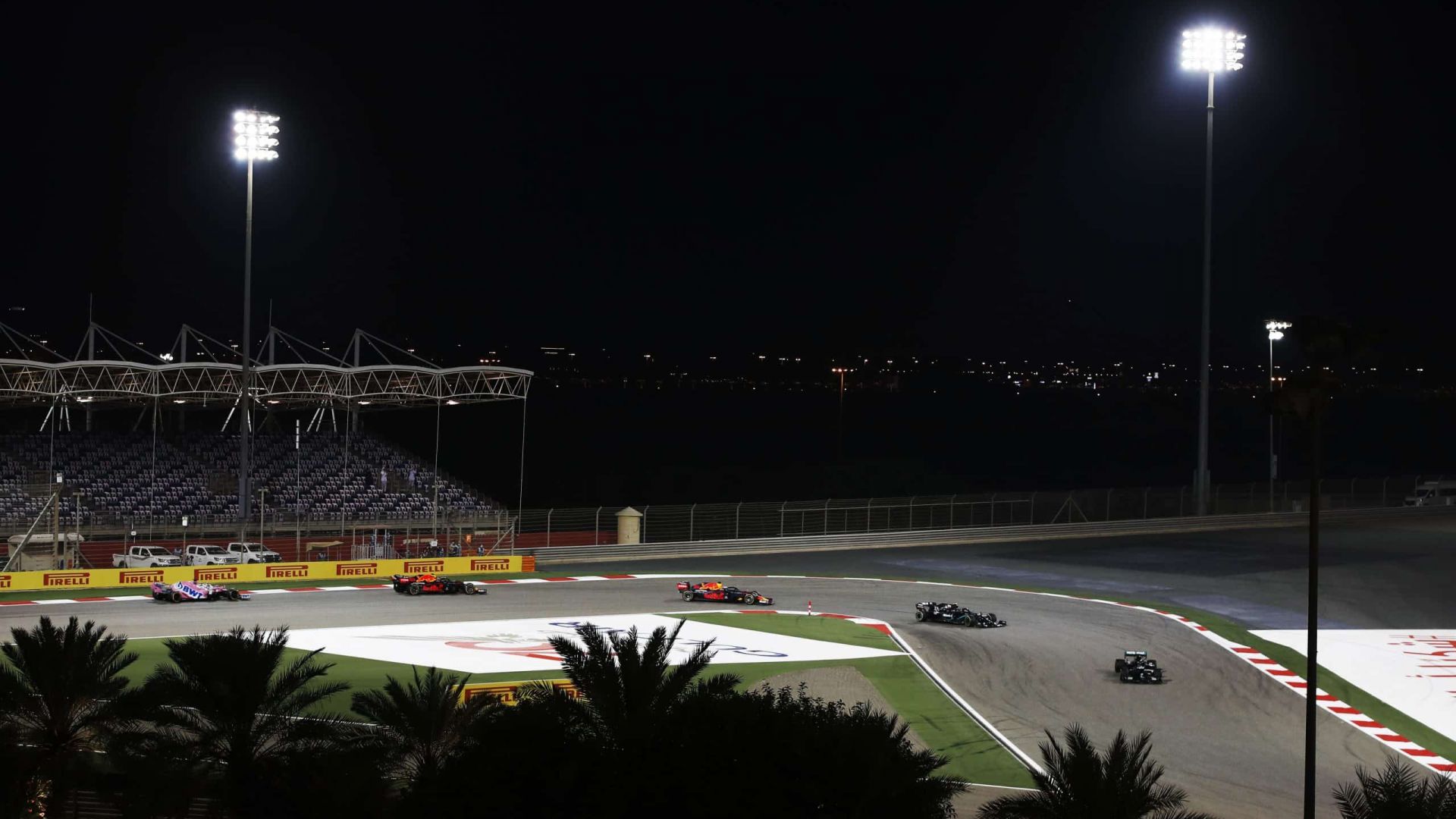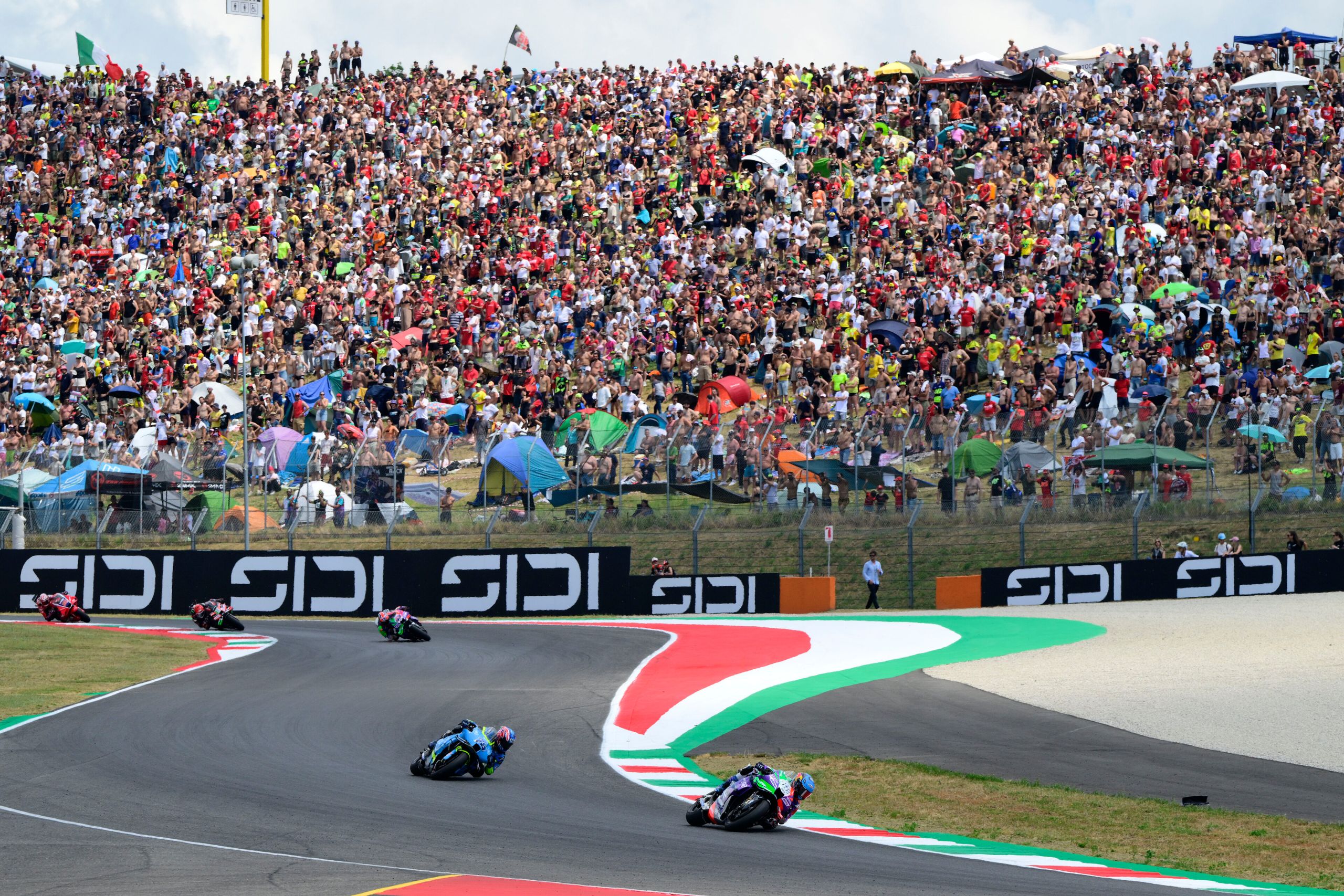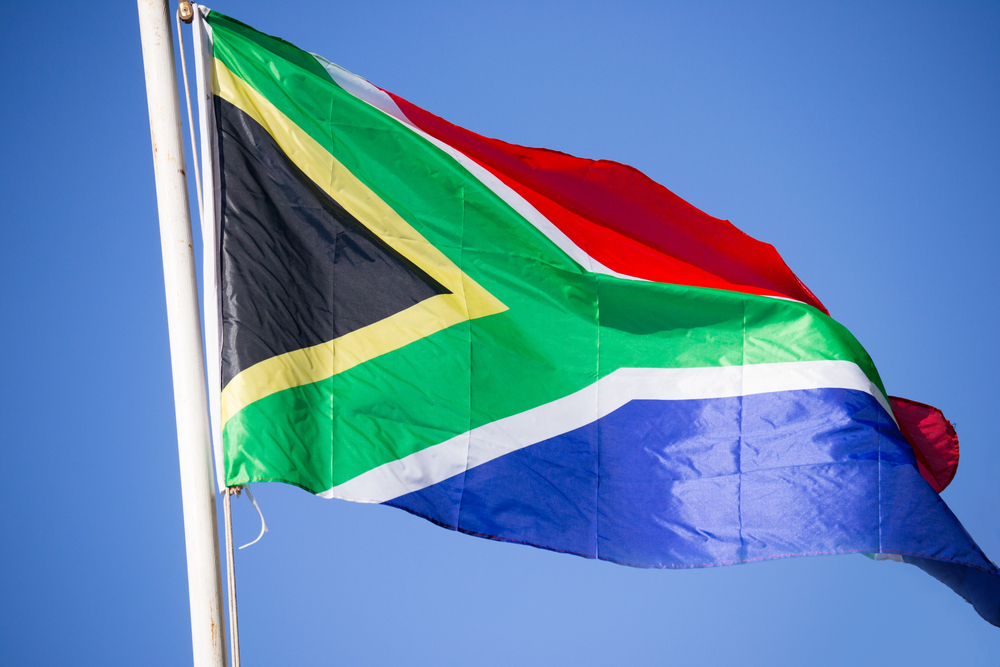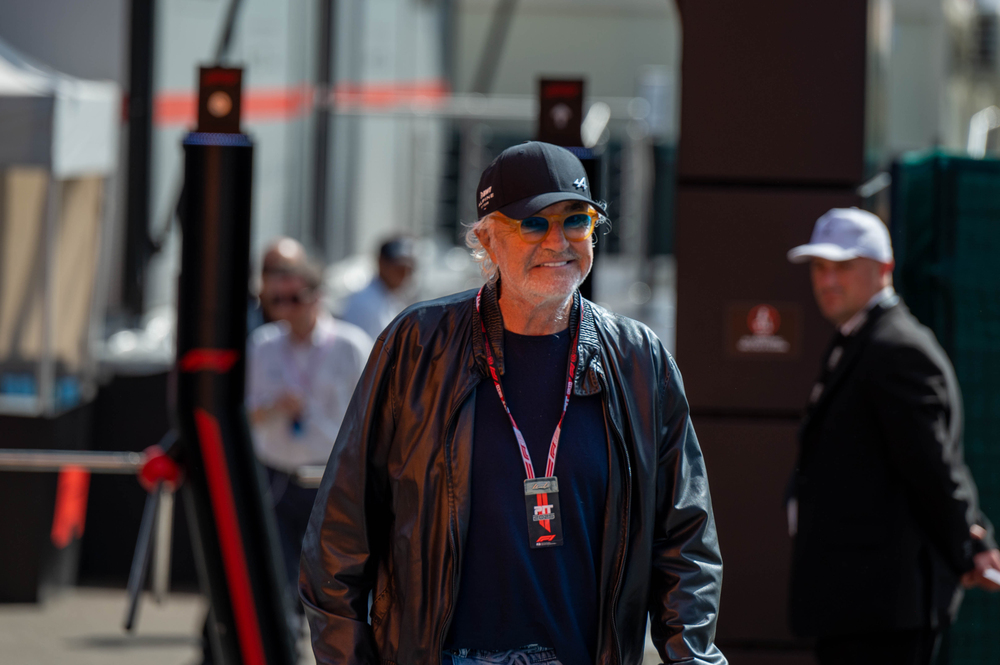What Can We Expect From The Bahrain Outer Track?


FORMULA 1 remains at the Bahrain International Circuit for the second of the two back-to-back races, but this weekend’s Sakhir Grand Prix takes place on the ‘Bahrain Outer Track‘ layout.
How does the Bahrain Outer Track compare to the circuit we raced on last weekend?
At just 3.543 km, the Bahrain International Circuit‘s Outer Track is the shortest lap on the 2020 schedule and. Compared to F1’s typical array of venues, the only track that’s shorter is Monaco (3.337 km).
The Outer Track features 11 corners, compared to 15 turns on the 5.421 km layout raced on last weekend, with just three of those being left-handers and eight of them being right-handers. The tally of 87 laps is the highest on the F1 calendar and around 74% of each lap will be taken at full throttle.
This is the first time that the layout has ever been used for an international race, so it’s a step into the unknown for everyone, with teams having no historical data for the new middle sector.
The Outer Track departs from the usual Bahrain Grand Prix layout at the exit of Turn 4. Whereas drivers would normally be straightening the wheel to tackle the next sweeping series of turns, they’ll instead be turning left and onto the new section for the twisty middle sector. The circuit then re-joins the usual layout with a fast curve leading onto the straight that takes drivers down to the final two corners, to end the lap.
Track surface is always a big topic with new tracks and while the surface on the new section in Bahrain is similar to the rest of the circuit and made from the same material, it’s not been used anywhere near as much, so is, therefore, less worn and ‘greener’ as a result.
What lap times can we expect from the Outer Track?
With the circuit being around two kilometres shorter than the standard Bahrain layout, and the first and third sectors largely being made up of long straights and braking zones, we’re expecting sub-60 second lap times for the first time in modern history.
It’s difficult to predict just what those lap times will be, as the wind can have a considerable effect and the grip levels of the new section are hard to predict. But peak lap times could be in the region of the 54 and 55-second mark.
How will such a short lap time and the different layout impact strategy?
Such a quick lap will make Qualifying a challenge, particularly in Q1 with 20 cars vying for clear track. There will be two kilometres less circuit for drivers to space themselves out in and with a clean lap requiring a window of around five to seven seconds between each car, we could see some chaos and traffic jams at the final corner.
Because of this, we may well see drivers out on track at different times to make the most of quiet windows in the sessions. In terms of the race itself, firstly the person putting out the pit board is going to be busy… with 87 laps worth of updates and only 60 seconds (compared to 90 seconds) to place the correct lap number and gaps to the car in front and behind. And on the pit wall, there will be less time for decisions to be made, with a smaller window to consider, decide and action those crucial strategic calls.
Will much change with the car set-up for the different layout?
From the car’s perspective, the set-up won’t be drastically different, as two of the three sectors remain pretty much unchanged from last weekend. A shorter lap means less cornering, less energy going into the tyres and less temperature in the tyres. So, drivers can attack laps more in Qualifying, as the tyres won’t start going off at the end of the lap, but it also means any mistakes will have a bigger impact on the Qualifying result.
But because of the new middle sector, some set-up tweaks and changes will be required due to the differing demands. There’s less high-speed cornering on the Outer Track, so more focus on low-speed cornering will put more energy through the rear tyres. Therefore, finding the right balance will be tricky, but it also means we can focus the set-up a bit more at a particular corner speed range.
We can expect teams to be trying out different set-up tweaks and even different wing levels in practice on Friday, to decide on the right direction to proceed with. So, that first day of track time will be important and we’ll need to maximise every second of action.





